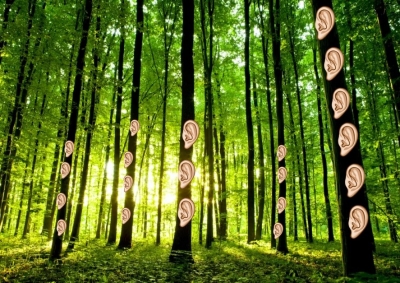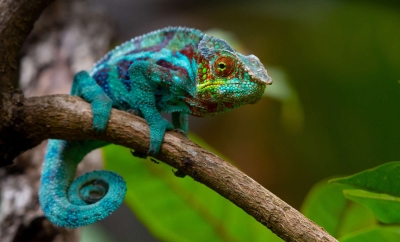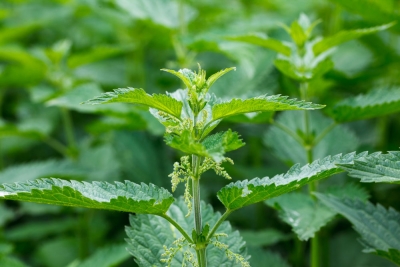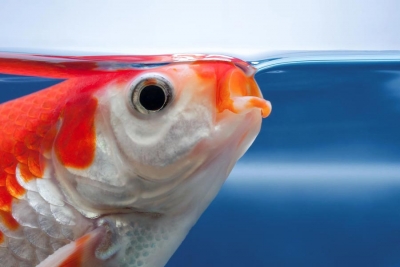Can plants hear?

The idea seems crazy, but scientific experiments have shown that some plants really do behave differently when they are exposed to sound especially music.
Ancient legends from India say that the god Krishna used music to make plants grow. Modern experiments in India seem to confirm that plants like music. In the early 1960s a scientist working in a university near Madras made an astonishing discovery. He found that playing the violin or playing Indian music produced plants that were taller and stronger than plants that grew without music. So he tried his experiment on rice growing in paddy fields. He played them Indian music, and the rice plants loved it. They grew strong and healthy and produced masses of rice. Harvests went up between twenty-five and sixty per cent!
A few years later another researcher working in Denver in the USA went a stage further. She experimented with different types of music to find out which her plants preferred. It turned out that the plants were terribly conservative. Rock music, especially acid rock, had them leaning as far from it as they could. They also drank much more water than plants played other music. In one experiment all the plants died when a really heavy number was played.
On the other hand, they adored the classics. An identical group of plants could not get enough of the Beethoven, Brahms, Schubert and Haydn she played them. Some plants burst into flower, others leaned right over to the hi-fi speakers. The experiments continued. Bach proved to be a big hit. So did jazz. But the number one spot again belonged to Indian music. When she played this the plants were leaning at 60° angles towards the speakers. Krishna was right. Plants may not be able to hear as we do, but they have got very set tastes when it comes to music.
Picture Credit : Google




